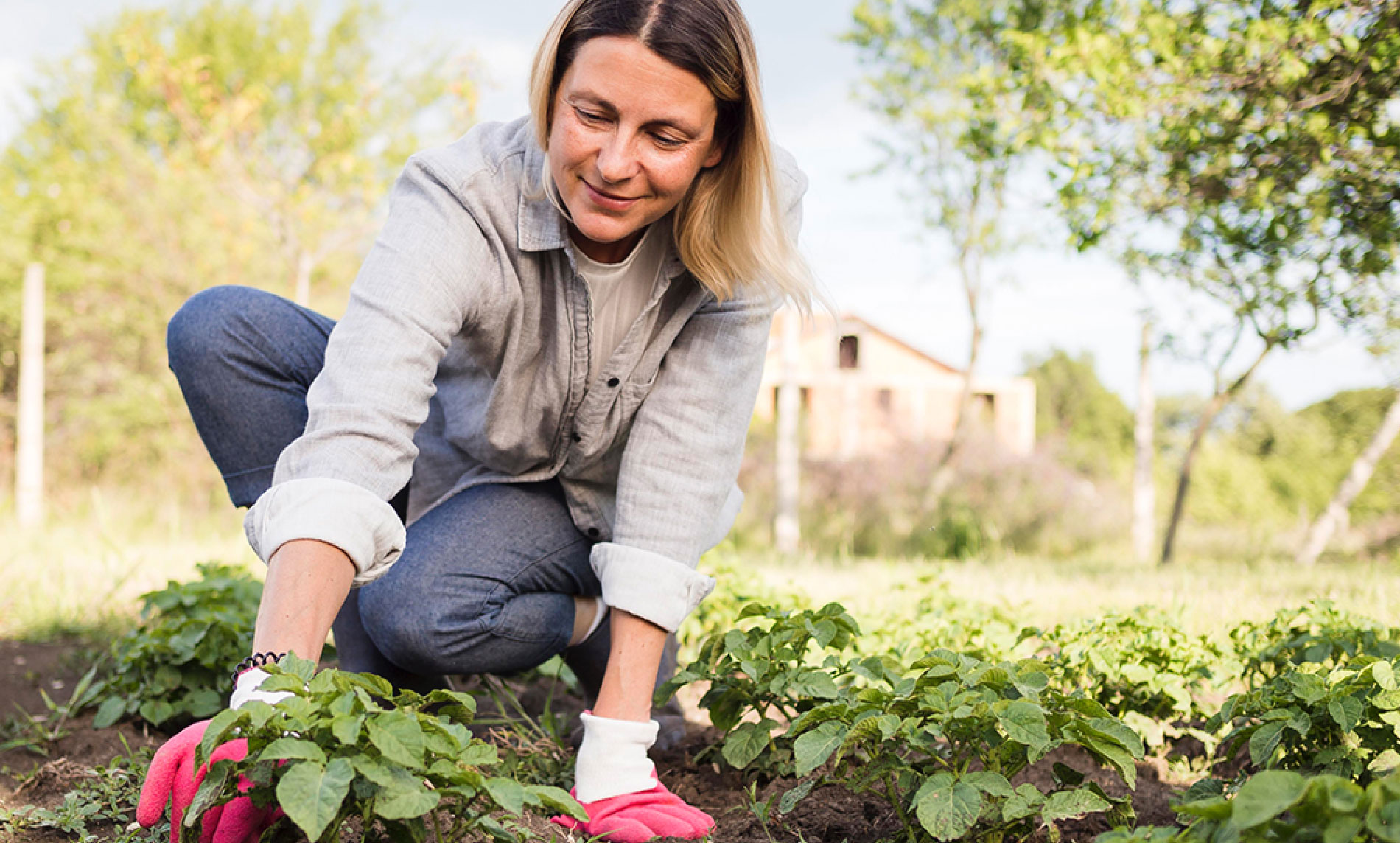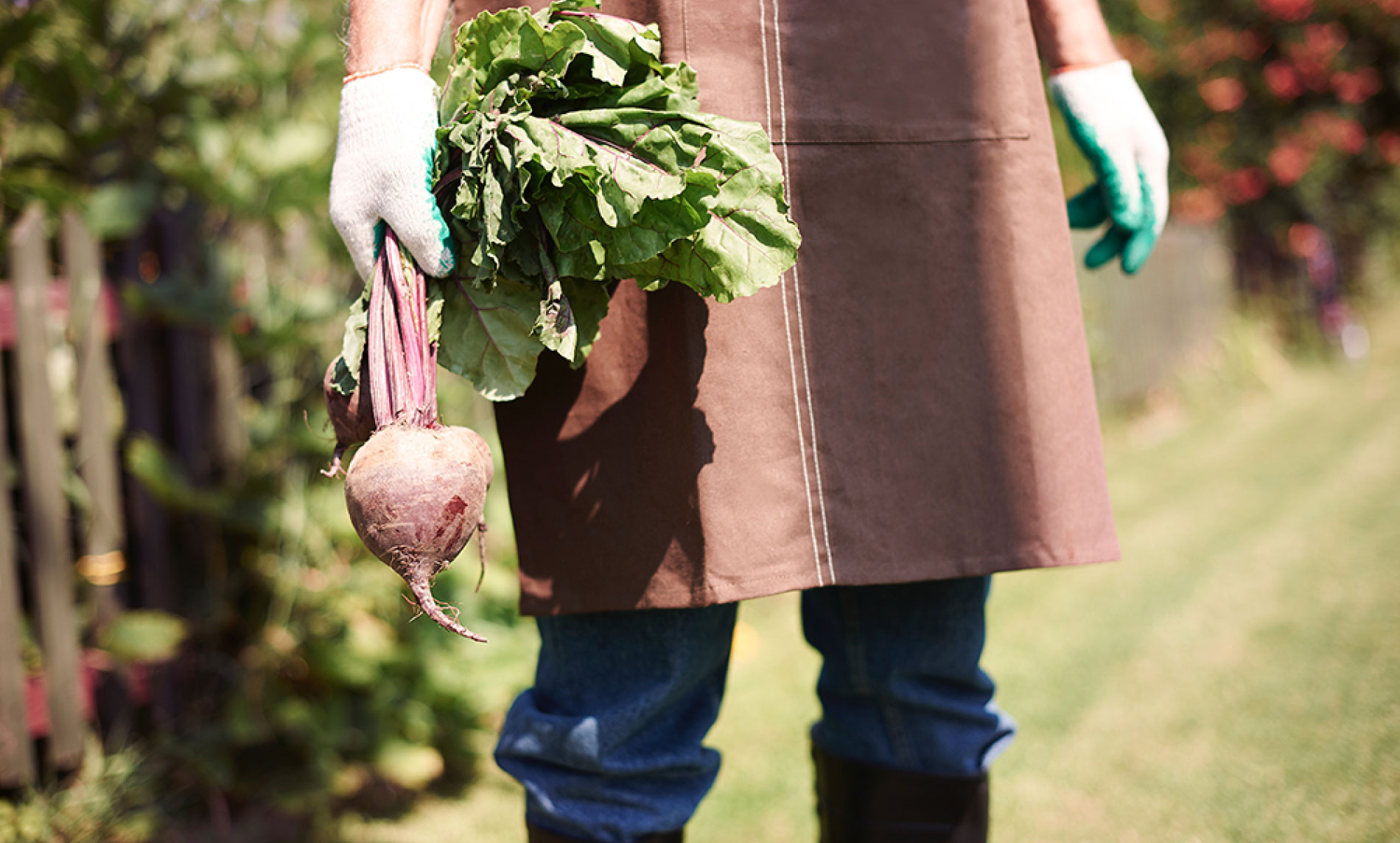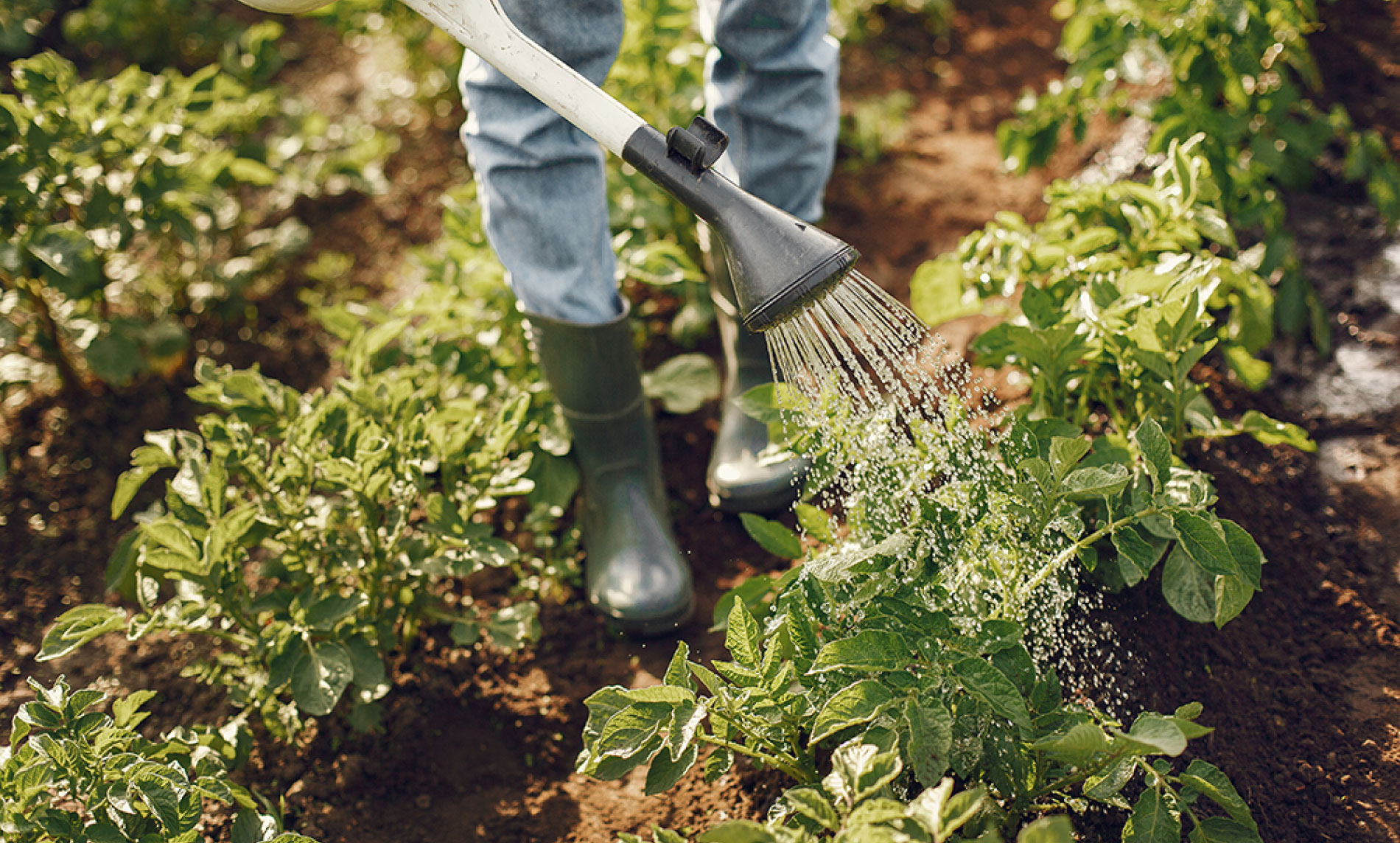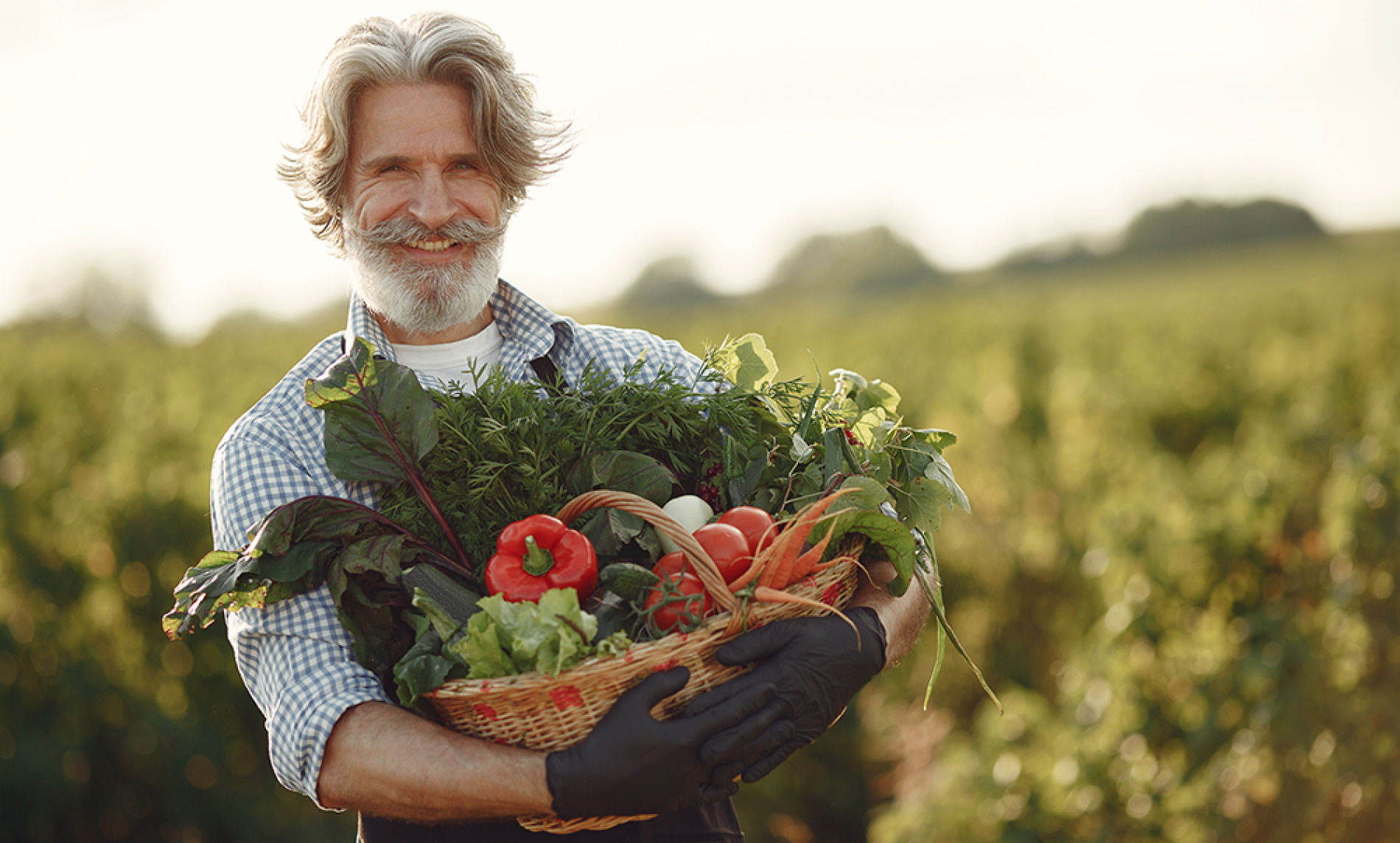
Welcome to the Agricultural Information Hub
The Agricultural Information Hub is your one-stop platform for everything related to modern and sustainable farming. Whether you're a seasoned farmer or a beginner, this hub offers a wealth of resources including comprehensive farming guides, detailed crop profiles, eco-friendly pest control techniques, and expert consultations.
Stay informed, increase productivity, and farm smarter with our expert-curated content and tools.
Read MoreFarming Guide
Learn through images and videos that walk you through real farming practices.

Soil Preparation
Get insights on how to test, plow, and fertilize soil for optimal crop growth.
Read MoreSeed Sowing Techniques
Watch how to properly sow seeds based on crop type, depth, and spacing.
View Details
Irrigation Methods
Explore drip, sprinkler, and traditional irrigation systems with pros and cons.
Learn MoreOrganic Pest Control
Learn how to protect crops using natural remedies and integrated pest control.
Watch Full Video
Proper Harvesting
Understand best practices and tools to harvest crops with minimal loss.
Explore GuideCrop Details
Explore detailed profiles of essential crops for smarter farming decisions.

Wheat
A staple cereal grain cultivated globally for bread, pasta, and other foods.
- Climate: Cool, dry (20–25°C)
- Soil: Loamy soil, pH 6.0–7.5
- Uses: Flour, pasta, cereals

Rice
One of the most important food crops, grown widely in tropical regions.
- Climate: Warm, humid (25–35°C)
- Soil: Clay loam, water-retentive
- Uses: Cooked grain, flour, starch

Tomato
A popular vegetable crop used in cooking, sauces, and salads globally.
- Climate: Warm (20–30°C)
- Soil: Well-drained sandy loam
- Uses: Cooking, ketchup, salads
Crop Details
Comprehensive information about major crops to guide your cultivation decisions.

Wheat (Triticum aestivum)
Description: Wheat is one of the most widely grown cereal grains, essential for bread, pasta, and many other staple foods worldwide.
- Varieties: Durum, Hard Red, Soft Red, White Wheat
- Soil Requirements: Well-drained loamy or clay loam soil with pH 6.0 – 7.5
- Climate: Cool and dry weather; optimal temperature 20–25°C
- Sowing Season: October to December (Rabi season)
- Harvest Time: 4–5 months after sowing
- Nutritional Value: Rich in carbohydrates, protein, fiber, B vitamins, and iron
- Uses: Bread, noodles, breakfast cereals, and animal feed
Pest Control Strategies
Protect your crops with sustainable, effective, and eco-friendly pest control methods.
Biological Control
Use natural predators like ladybugs or parasitoid wasps to suppress harmful pests without chemicals.
- Method: Natural enemies
- Benefit: Eco-friendly, targeted
- Use Case: Aphids, caterpillars, mites
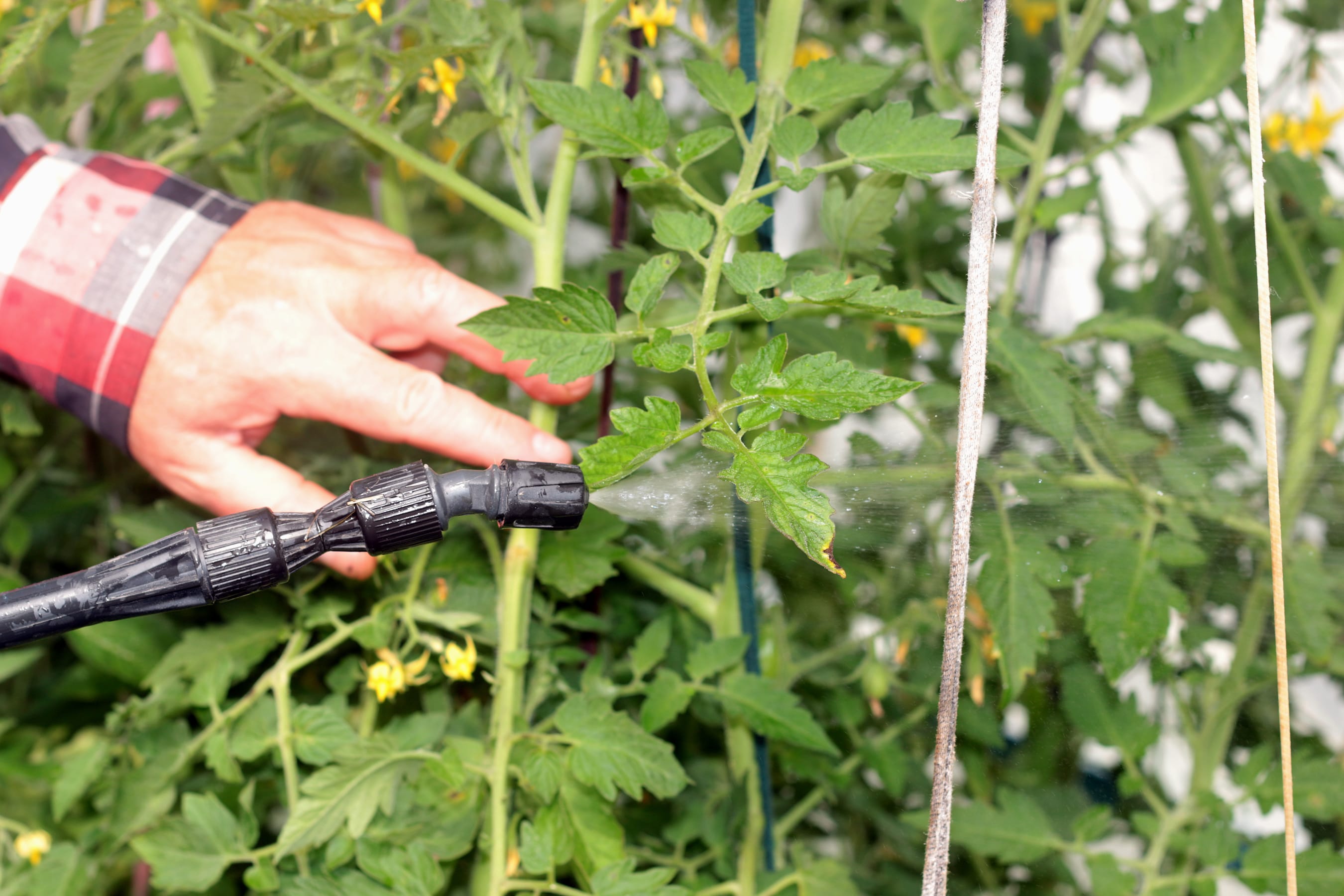
Organic Remedies
Apply neem oil, garlic spray, or soap solutions as natural insect repellents with no synthetic chemicals.
- Method: Herbal extracts
- Benefit: Safe & cost-effective
- Use Case: Leaf-eating insects, mites

Integrated Pest Management (IPM)
Combine monitoring, biological control, and minimal pesticide use to manage pests with reduced impact.
- Method: Mixed approach
- Benefit: Sustainable & balanced
- Use Case: Most crop pests

